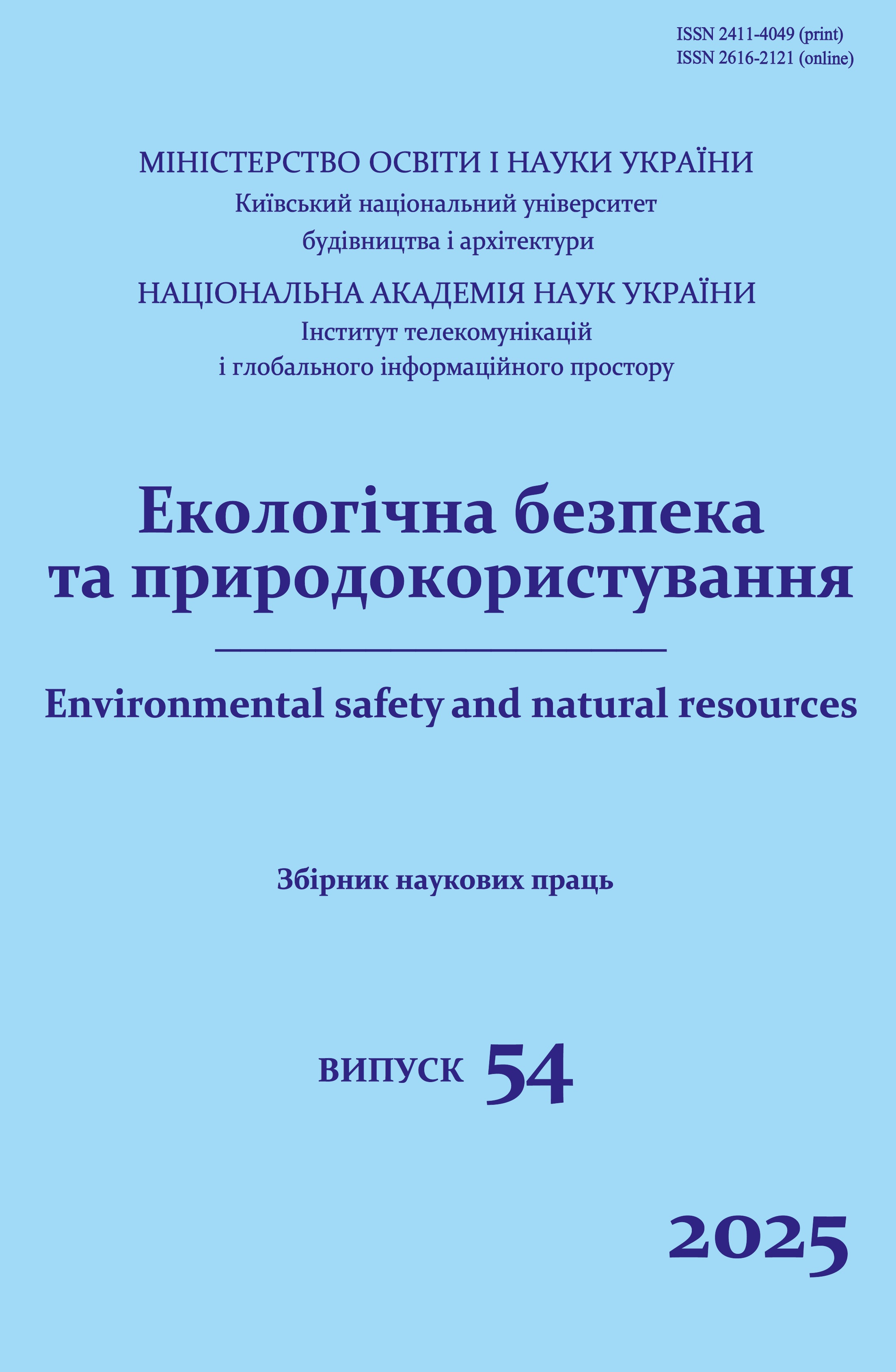Management of innovative projects and products in the conditions of digitalization and turbulent environment
DOI:
https://doi.org/10.32347/2411-4049.2025.2.101-109Keywords:
management, innovative projects, products, artificial intelligence, BANI environmentAbstract
Managing innovative projects and products in a turbulent environment characterized by the BANI (Brittle, Anxious, Nonlinear, Incomprehensible) framework is extremely relevant for Ukraine. Full-scale war, economic instability, infrastructure disruptions with a probability of power outages of 0.6–0.7 and the migration of 6 million displaced persons create a complex environment where traditional project management models lose their effectiveness due to their inflexibility. At the same time, innovation is the key to Ukraine’s recovery, competitiveness and integration into the global innovation space. A value-based approach that takes into account social, economic, environmental, technological and ethical aspects becomes necessary for proactive risk management and maximizing opportunities in such conditions. The relevance of the research is enhanced by the need for adaptive tools that allow turning uncertainty into competitive advantage, especially in the context of the rapid development of technologies such as artificial intelligence (AI) and Building Information Modelling (BIM). The product of the research is a model of risk and opportunity management of innovative projects and products in a turbulent environment, based on a value system and a value approach. The model integrates AI for risk and demand forecasting, BIM for modelling, and IoT for real-time monitoring. Multi-criteria analysis of values in the areas of social, economic, environmental, technological, and ethical, with weighting factors for determining priorities. Scenario planning and Agile approaches for adapting to uncertainty. The research process included studying the turbulent environment of Ukraine (war, economic crisis) and its impact on innovative projects, defining a value approach as a basis for management, with an emphasis on social, economic and environmental values. Integration of AI based on forecasting, BIM for modelling and scenario planning into a single system focused on maximising value. It has been proven that the value approach, combined with AI and BIM, increases the adaptability of projects in the BANI environment, thereby reducing risks and opening up new opportunities. The study confirms that the risk and opportunity management model based on the value approach is an effective tool for innovative projects in a turbulent environment. It allows not only to minimize the negative impact of uncertainty but also to create additional value, contributing to economic, environmental and social development. Examples from Kyiv demonstrate how the synergy of technology, ecology and social needs transforms challenges into opportunities.
References
Loufrani-Fedida, S., & Missonier, S. (2015). The project manager cannot be a hero anymore! Understanding critical competencies in project-based organizations from a multilevel approach. International Journal of Project Management, 33, 1220-1235. https://doi.org/10.1016/J.IJPROMAN.2015.02.010
Conforto, E., Amaral, D., Da Silva, S., Di Felippo, A., & Kamikawachi, D. (2016). The agility construct on project management theory. International Journal of Project Management, 34, 660-674. https://doi.org/10.1016/J.IJPROMAN.2016.01.007
Ahmed, R., Philbin, S., & Cheema, F. (2020). Systematic Literature Review of Project Manager’s Leadership Competencies. ERN: Culture & Leadership (Topic). https://doi.org/10.2139/ssrn.3884750
Li, Y., Sun, T., Shou, Y., & Sun, H. (2020). What Makes a Competent International Project Manager in Emerging and Developing Countries?. Project Management Journal, 51, 181-198. https://doi.org/10.1177/8756972820901387
Chen, T., Fu, M., Liu, R., Xu, X., Zhou, S., & Liu, B. (2019). How do project management competencies change within the project management career model in large Chinese construction companies?. International Journal of Project Management. https://doi.org/10.1016/J.IJPROMAN.2018.12.002
Irfan, M., Khan, S., Hassan, N., Hassan, M., Habib, M., Khan, S., & Khan, H. (2021). Role of Project Planning and Project Manager Competencies on Public Sector Project Success. Sustainability. https://doi.org/10.3390/SU13031421
Muhammad, U., Nazir, T., Muhammad, N., Maqsoom, A., Nawab, S., Fatima, S., Shafi, K., & Butt, F. (2021). Impact of agile management on project performance: Evidence from I.T sector of Pakistan. PLoS ONE, 16. https://doi.org/10.1371/journal.pone.0249311
Yao, H., Fu, H., Lu, Y., Xu, P., & Wang, L. (2025). A role paradigm shift in project management: investigating the project manager competencies required by sustainable project management. Engineering, Construction and Architectural Management. https://doi.org/10.1108/ecam-07-2024-0830
Rodrigues, A., Oladimeji, O., Guedes, A., Chinelli, C., Haddad, A., & Soares, C. (2023). The Project Manager’s Core Competencies in Smart Building Project Management. Buildings. https://doi.org/10.3390/buildings13081981
Downloads
Published
How to Cite
Issue
Section
License
Copyright (c) 2025 Natalia Bushueva, Yevhen Lobok, Gleb Murovansky

This work is licensed under a Creative Commons Attribution 4.0 International License.
The journal «Environmental safety and natural resources» works under Creative Commons Attribution 4.0 International (CC BY 4.0).
The licensing policy is compatible with the overwhelming majority of open access and archiving policies.

